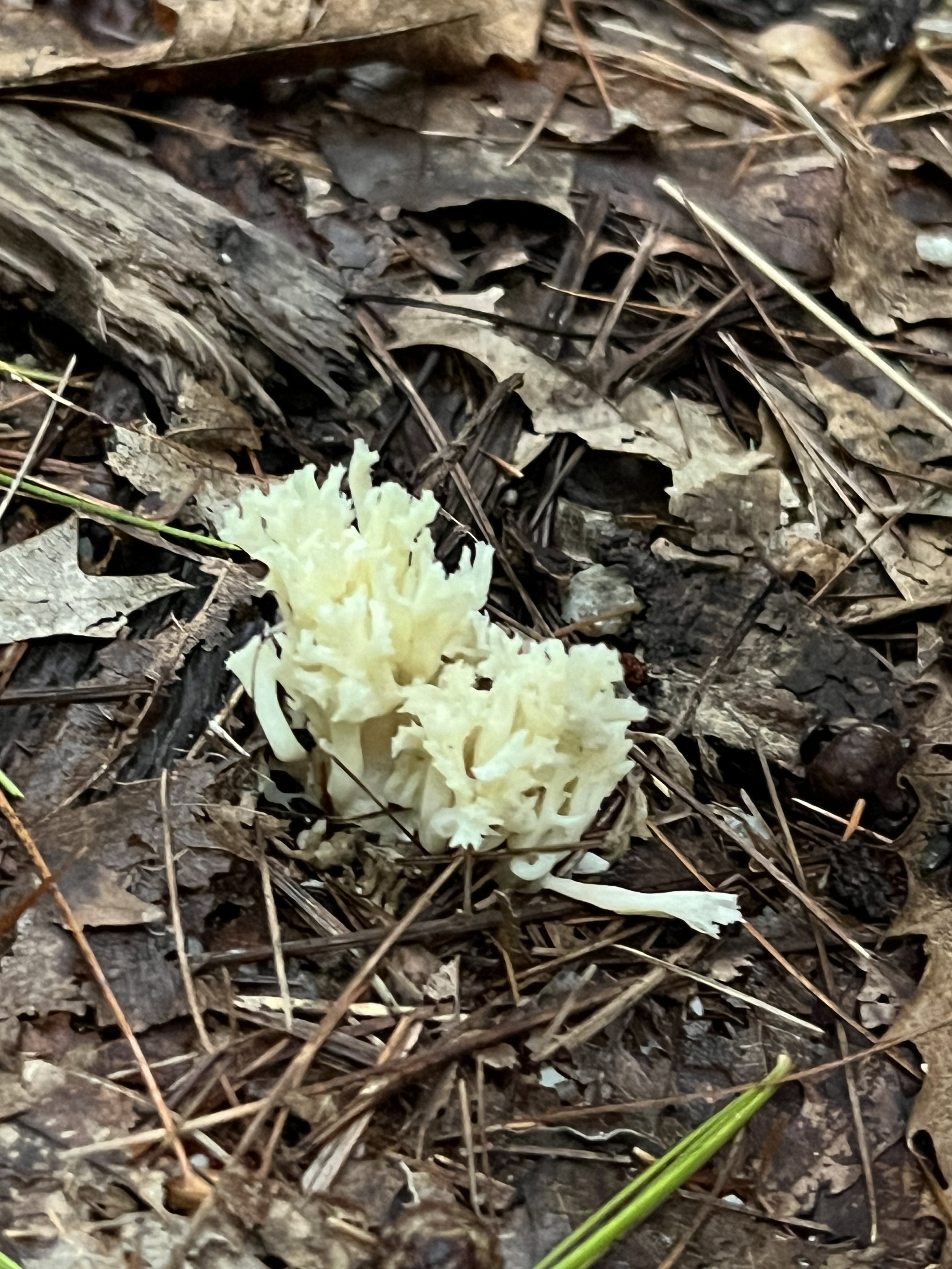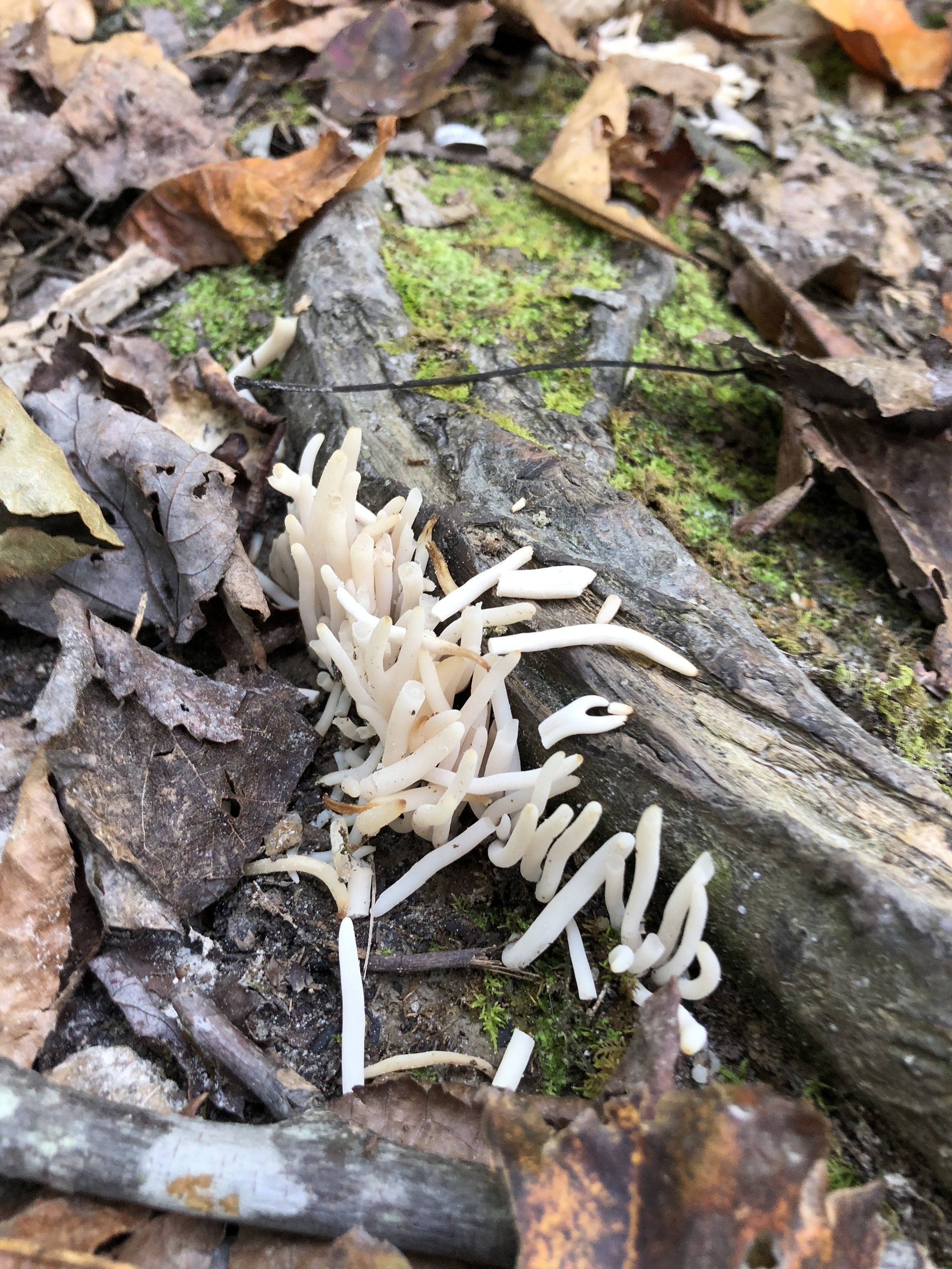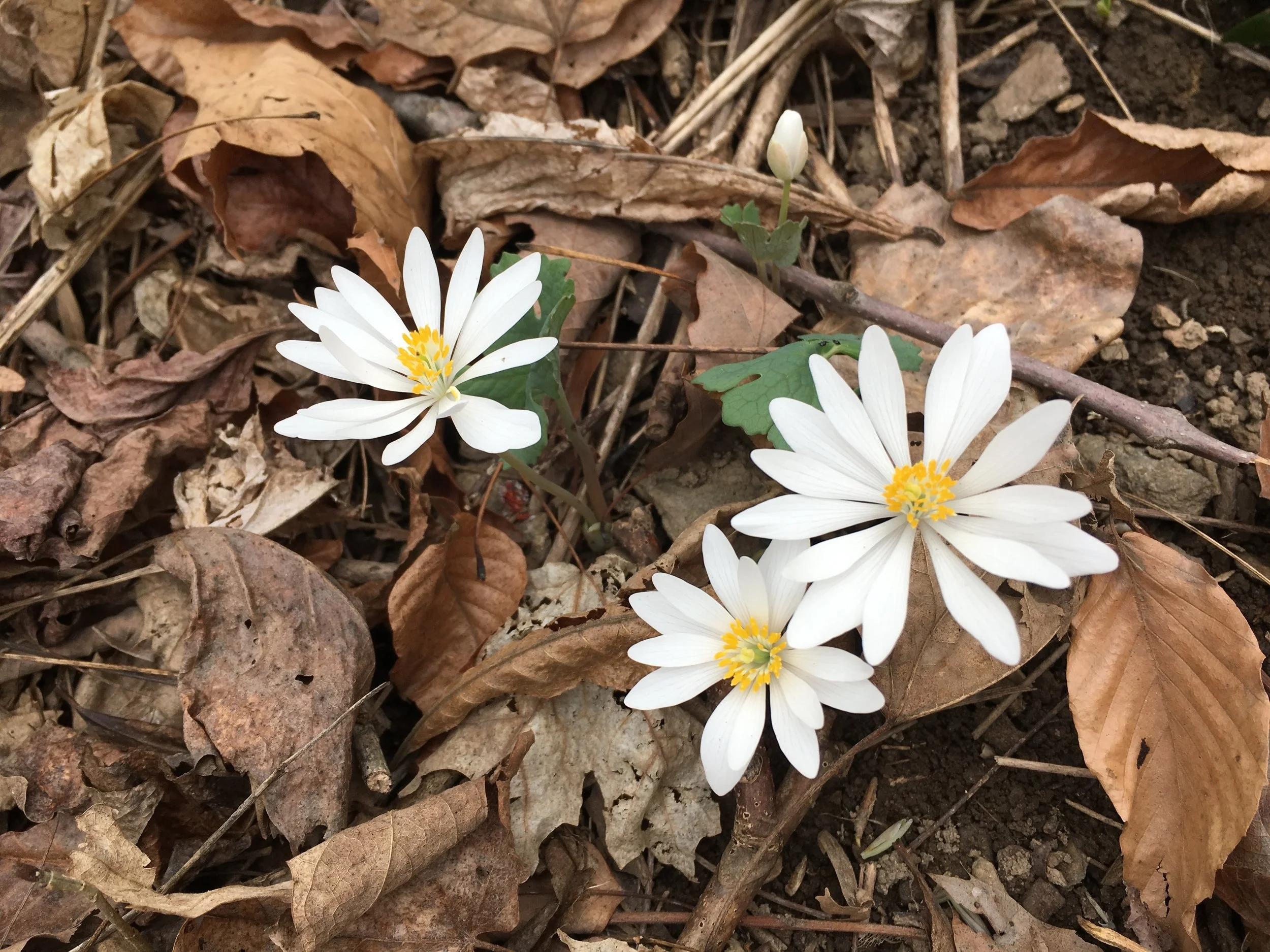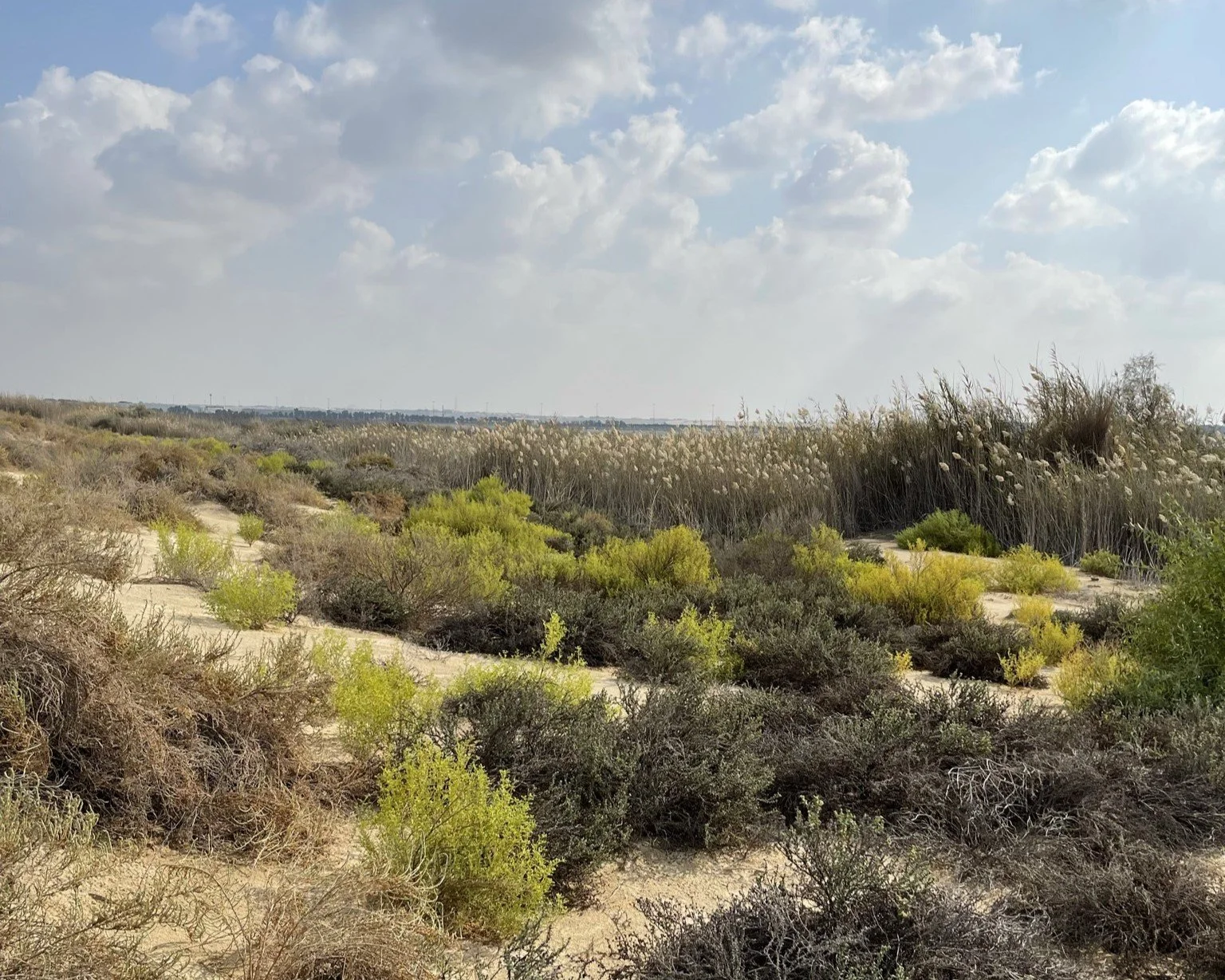Coral Mushrooms

When you see Coral Mushroom for the first time, it makes you wonder, what’s this doing on dry land?
Coral mushrooms, belonging to the Clavariaceae family, are a unique and diverse group of fungi known for their distinct, coral-like appearance. Resembling sea corals, these mushrooms exhibit a variety of colors, ranging from white to vibrant hues, and have complex, branching structures. They are primarily saprotrophic, playing a crucial role in ecosystems by decomposing organic matter, thus recycling nutrients and supporting soil health.
Quick Facts
Appearance: Multiple branched stalks, white-yellow, tips of branches form a crown
Season: Fuit in late spring through summer
Ecosystem Function: Decompose wood
Edible: Good when fresh
Reproduction: Spores form on the upright stalks and are unprotected from the elements compared to gill or pore fungi
Distribution and Habitat
In North American forests, coral mushrooms are a common sight, particularly in temperate regions with abundant organic material. They are more prevalent in these areas compared to some other parts of the world, likely due to the favorable climatic conditions and forest compositions that support their growth. However, these mushrooms are not exclusive to North America and can be found in various other ecosystems globally, showcasing a wide ecological distribution.
Uses
Common uses of coral mushrooms include culinary applications, as some species are edible and sought after for their unique texture and flavor. However, caution is advised, as certain species can be toxic. Misconceptions about these mushrooms often stem from their unusual appearance, leading to confusion with other non-edible or toxic fungi. It's important to have expert knowledge or consultation before consuming any wild mushrooms, including coral varieties. Their intriguing form and ecological importance make coral mushrooms a fascinating subject for both mycologists and nature enthusiasts.
Disclaimer: Please note that this is not intended to be an identification guide. DO NOT consume any mushroom unless you are absolutely certain of its identity.
Photos
Clavicorona pyxidata
I am an avid hiker and amateur naturalist. I hike to satisfy that persistent curiosity of what of nature’s wonders lies just beyond the next bend.









